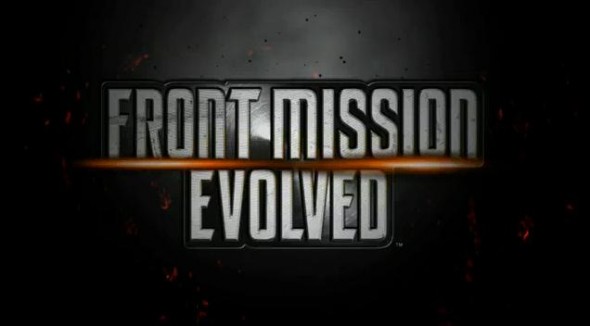

The pace of battle is much faster than one might initially expect from a game about giant robot warfare, as all wanzers are equipped with jet-powered “skates” that allow them to zip to and fro at high speed, clearing long jumps and closing distances, governed only by a thrust meter that depletes with use. It is doubtless entertaining, but more than a bit awkward.Įach of Front Mission Evolved‘s stages is a strictly linear point-to-point journey, destroying the legions of enemy wanzers, tanks, turrets and helicopters that stand between you and the next cutscene. It’s like watching two theater actors spouting lines and gesticulating at each other from phone booths set on opposite sides of the street. Speaking of cutscenes, most occur via the in-game engine during missions, and are full of middling voice performances and dramatic pantomime, all taking place between characters locked within their individual cockpits. As a result, the dry, newsman-like exposition that narrates the various military maneuvers that take place between the regular missions feels out-of-place and distracting, ultimately irrelevant to what’s actually taking place during the missions and in the cutscenes.

You’ll never be questioning who’s really in the right during Dylan’s adventure.

Unfortunately, that grab for narrative accessibility also jettisons much of Front Mission‘s signature geopolitical complexity and moral ambiguity. Set fifty years after the most chronologically forward Front Mission title, you won’t really need to know much beyond the fact that a “Wanzer” is apparently what people decided to call a forty-foot-tall walking death-machine of the war-torn future-present. That said, the story largely jettisons the need to be familiar with the series’ dense lore.


 0 kommentar(er)
0 kommentar(er)
